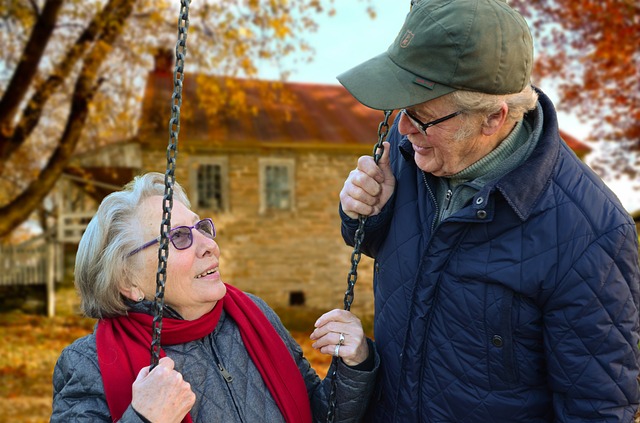It’s a fact, senior citizens get hurt. Nobody’s saying that senior citizens are fragile or helpless. We’re talking today about being there for our loved ones when, tragically, accidents happen and they’re all alone.
This is why alert systems save lives: they are “there” for people when no one is.
However, choosing the right system requires a bit of forethought and insight. Least of all considering how many there are on the market right now. (ADT, LifeFone, and Medical Guardian just to name a few.)
Some Things You Should Definitely Ask Yourself…
- Whether you recognise the name/brand of the equipment. (Is it a name you trust? A respected name?)
- What the return policy is (the standard these days is for companies to offer a 30 day, complete-refund guarantee return policy)
These are the kinds of questions you have to keep in mind before choosing the monitoring service that’s right for you.
What other things should you know about medical alert systems?
One of the reasons I love medical alert monitoring devices is, usually, they give you options for who to contact. From a relative who lives just down the street, to a neighbour who’s aware of your situation, or emergency services.
The most popular type of system out there is a Personal Emergency Response System (PERS for short). You’ve probably seen these “As Seen On TV” products, and for a good reason.
These systems have two-way alerts and 24/7 monitoring. Which means, aside from having a ‘servant’ on call forever and ever… that emergency responder can communicate with any victim who gets into trouble.
To make life easier, PERS’s come in the form of a button on a necklace or wrist-band! This makes wearing these devices more convenient and comfy-cozy for your loved ones.
Push Your Seniors Down the Stairs
Some base systems come with a monitoring device and some don’t. These handy devices keep track of seniors’ movements and vital signs. The data can be viewed via PC or Smartphone app, even when you’re miles away.
So, you’ll be alerted whenever (and wherever) they fall. Isn’t that something!
Depending on the device, you can even track how long seniors have been sitting, laying down, walking, etc. Some go so far as to monitor pillbox functions – meaning meds are never forgotten.
New Incredible Ways to See Systems Save
Always be sure to check the range on home-based units. You’ll never know what the distance is from the base unit to the device until you test it for yourself. Never listen to manuals – they just exist to make the manufacturer look competent. If you want to see for yourself, do it yourself. My grandmother taught me that.
In most cases, the prime systems have battery-operated backups in the event that the power goes out. Tell me that isn’t worth shelling out a few more handfuls for.
Speaking of shelling out, let’s talk money: How much is all this going to cost? That depends on the med-alert companies. You’re going to have to do some digging about safety guides for yourself, and compare prices, features, and services of each system.
At the end of the day: be sure to watch out for hidden costs by scam artists. They’ll try to con you by charging you for transmitters and monitoring consoles.
Did you know that those things are already included in the package price? So, if anyone tries to sell you either of these components, stop talking to them and walk away.
Last Thoughts
It’s a sad fact that people over 65 experience trips, falls, and injuries. An even sadder fact is over 33% of these occur at home, according to the CDC.
Whether or not you have to remind your lovely senior that you always won’t be around, there’s no downside to ordering a med-alert system. There is no shame in adding another layer of security when it comes to protection. I hope you’ve found this article useful.

